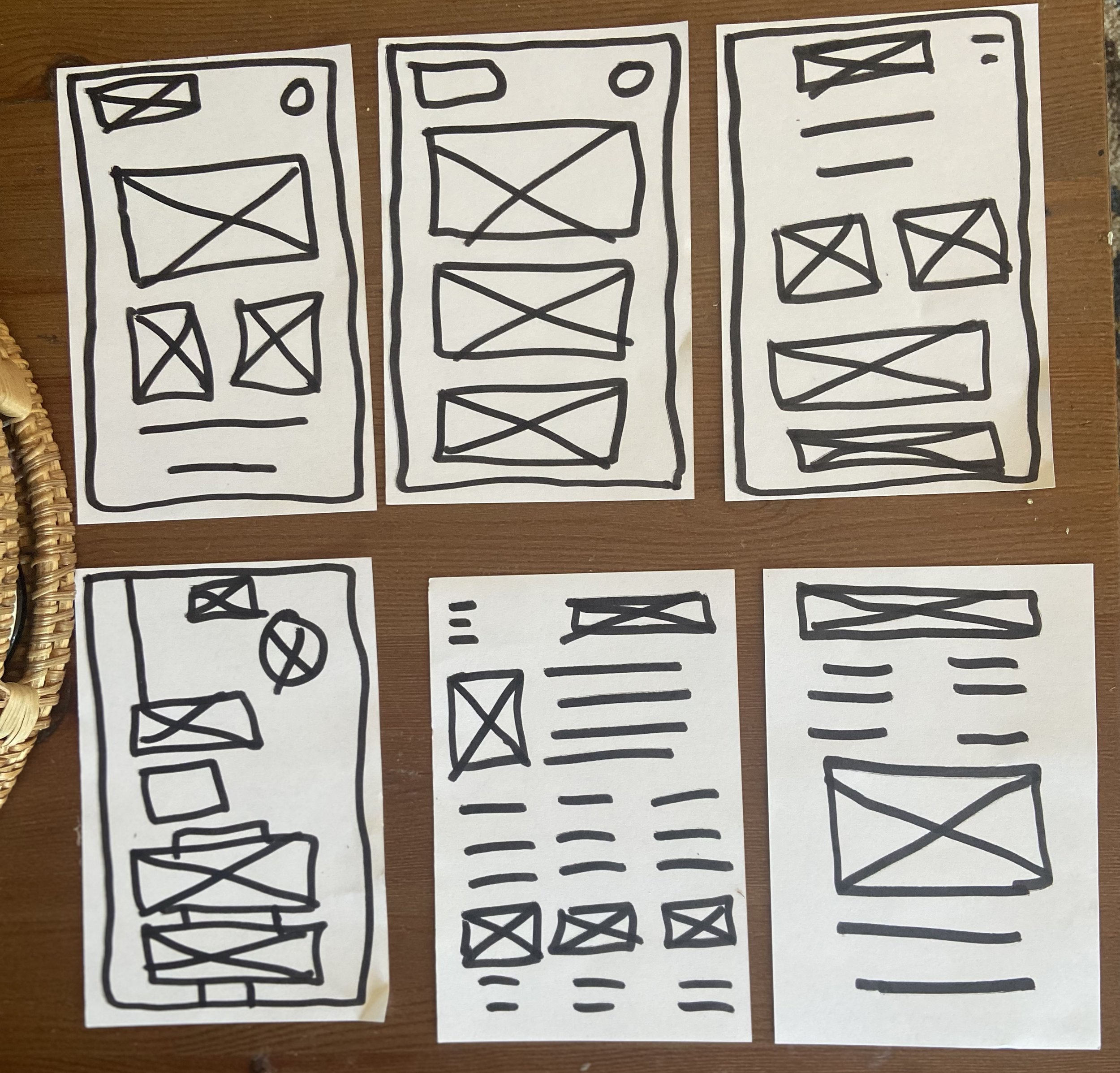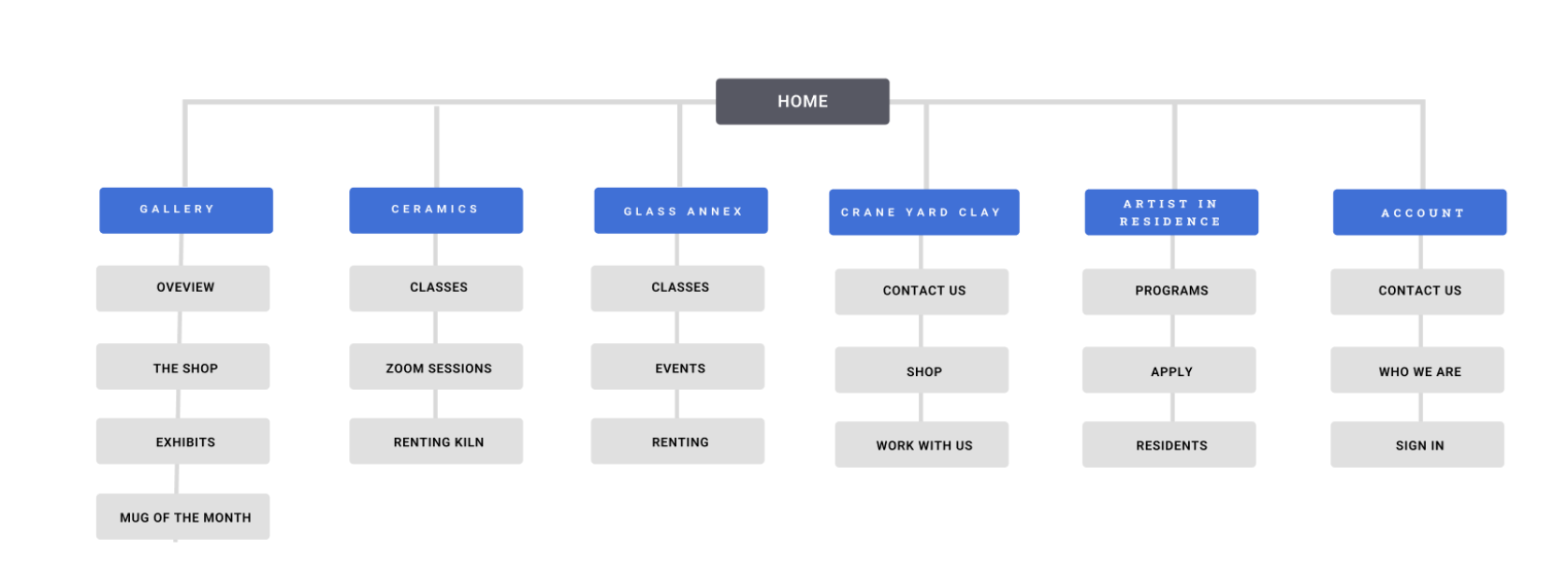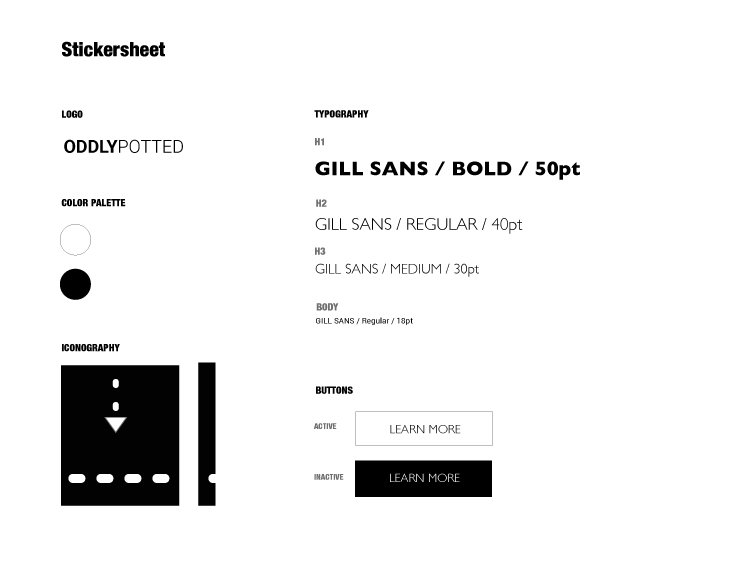Handthrower Super App and E-commerce Site
The Team
1 Designer
2 Font End Engineers
Product Manager
The Role
As the creator of the super app Handthrower, I identified the need for it organically through conversations with fellow artists. During these discussions, I uncovered the challenges artists face in finding materials, marketing their work, and gaining recognition.
Timeline: 6 Months
While researching, I came up with four questions.
How would platform for artists to share their work, get feedback from other artists, and store their projects in a secure cloud-based system.
How to allow users to create and manage projects, set deadlines, and track progress.
How to provide tools for communication, such as messaging, voice control, video conferencing, speech to text technology, and file sharing.
What the payment system for artists would be and is secure and convenient way to pay for ceramics purchases. I did a competitive analysis, qualitative and quantitative research and discovered similar struggles for artists in other areas of design.
Insights
I gathered insights through user interviews, surveys, and usability testing. My research revealed that ceramic artists need a platform to showcase their work, connect with others, and access educational resources. They also require a user-friendly interface for easy navigation. This information was vital in guiding the design and development of the app.
Testing and Iteration
During the ideation phase, I generated multiple design concepts to address the user needs identified in the research phase. I then created wireframes and prototypes to visualize and test the designs.
Through user testing, I received feedback and made design decisions based on the user's preferences and requirements. This iterative process enabled me to refine the design and ensure that it meets the user's needs.




Design
I followed a design process to create a solution that meets the user's needs. The process involved user research, ideation, prototyping, and testing.
During the ideation phase, I generated multiple design concepts to address the user needs identified in the research phase. I then created wireframes and prototypes to visualize and test the designs.
Outcome and Impact
By conducting user research, ideation, prototyping, and testing, I was able to create an app that met the user's needs and preferences. The design decisions made during the process were based on user feedback, which ensured that the app provided a seamless user experience. By incorporating feedback from users, the app was able to address their pain points and provide a solution that improved their overall experience. As a result, the app was well-received by users, leading to increased engagement and usage, and ultimately, a positive impact on the business. Additionally, the well-designed app has helped to establish the company's reputation as a provider of high-quality, user-centric products.

